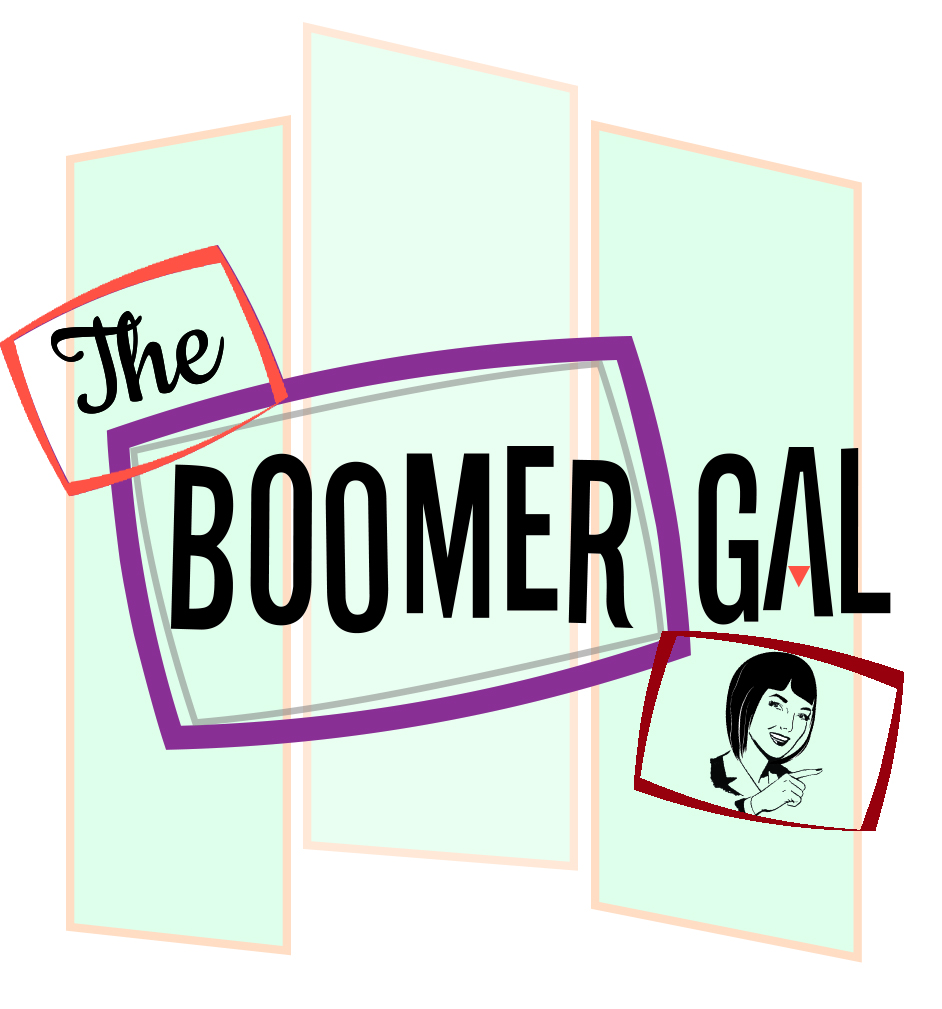 Relationship marketing and building rapport with your prospect during the sales process is one key to good salesmanship. The relationship between you as the salesman and your prospect has to begin by building trust. You don’t ask someone to marry you on the first date, and you don’t ask for the sale before building a foundation of trust.
Relationship marketing and building rapport with your prospect during the sales process is one key to good salesmanship. The relationship between you as the salesman and your prospect has to begin by building trust. You don’t ask someone to marry you on the first date, and you don’t ask for the sale before building a foundation of trust.
The relationship between you and your customer will require one very important thing, communication. That means you need to be looking for opportunities to communicate with your customers and potential clients so you can build a relationship. This is often referred to as relationship marketing.
In my interview with Christine Clifton of Client Centric Growth, she shares some things to be aware of when you want to build rapport. Christine teaches service-based businesses the step-by-step process of creating powerful relationships with the people they already know so they make more money and make a bigger difference without burning out in the process.
Kalynn: Christine, the tag line of Client Centric Growth is “From Relationships to Revenue.” Tell me more about what that means.
Christine: You can see the theme of the foundation of my business is about building relationships. I sometimes tell people what I do is I take the “sell” out of selling for you. I teach you how to build relationships. It’s my experience; as well as of course not only a philosophy but actually existent in proof in my business and my client’s businesses, that relationships are what can grow your business, maybe not the fastest, but definitely sustainably.
With technology today, most of us are behind screens most of the day. Whether it’s our computer screen, our iProduct or whatever the case might be. I believe that not only for the young folk today but also for us, our conversation muscle can atrophy.
We lose experience with how to converse with people.
I don’t know if you’ve had this experience but I’ve called somebody or followed up with somebody via phone and I get a text in response or I get e-mail in response. There can be different reasons for that, but I think that people find it easier or quicker, but it totally takes away the opportunity for conversation.
From relationships to revenue means bringing back the art of conversation to dealing with people and working with people – building relationships first. From that extensive root system, as I call it, you can grow a sustainable business, which builds your revenue of course.
Kalynn: I have to admit to being guilty. When someone calls me, I will quite often send e-mail back. You’re right. Though I prefer e-mail to talk to people because it allows me to say whatever was on my mind at the moment I was thinking it regardless of whether that person is available or not. It allows them, or me on the receiving end of an e-mail, to read it when they have time to read it and act on it. That’s what I like about e-mail. But you’re right. One of the things that I often tell the audiences that I speak to is that if they want to make connections with – is it the Gen Next, Gen Y?
Christine: I don’t know what they’re calling them these days.
Kalynn: From 1980 to around 2010, people that were born in that time, their primary form of communication is actually texting. You’re harking back to old school. I have a friend who teaches sales and builds sales forces for larger companies. He always talks about having to build rapport and that some of the younger people I’ll call them Gen Next don’t necessarily know how to build that rapport.
How do you go about branching that divide? Boomers are one thing. They’re used to a certain communication style. But you’ve got to run the gamut now.
Christine: Absolutely. The art of conversation is really important for Nexters I guess we could call them, not only in the workplace but also for their businesses as well. The other interesting thing is that there are more and more Boomers in the workplace than ever before because the market tanked and their retirement isn’t going to sustain them yet so they’ve stayed around. Now we have more diversity of generations in the work force together and of course in their own businesses together, so we have to learn how to communicate, bridging the divide.
Sometimes it’s teaching people how we want to be treated or we want to be communicated with. If we’re Boomers, it’s helping the Nexters understand what that means for us. And as Nexters, having the articulation and the confidence and presence of mind to say, “Hey Boomers, here’s how I would like to be communicated with.”
Kalynn: Which is a really important point. I work with mostly Boomers. I know not all of them – especially the older Boomers – think that they need to learn a new communication style. They think, “You should be doing it my way.” The reality is that there’s more than one way to communicate and we all have to get along. We all have to learn how to do this together.
Pervasive communication and generational divides are a real issue in running a successful business. Relationship marketing is really about putting the customer first, taking the time to listen, and being empathetic toward them. Done authentically, relationship marketing is a powerful sales tool. Asking questions and truly getting to know your clients – customers – and prospects goes along way toward building the know/like/trust factor that good salespeople rely upon. Relationship marketing isn’t the latest feel good term, it’s about the person to person connection we all share.
